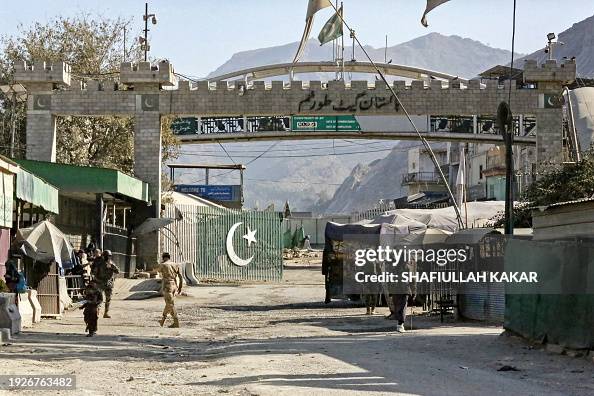The Afghanistan–Pakistan conflict is a story of borders drawn by empire, shaped by Cold War politics, and reignited by the Taliban’s return to power. What began as a colonial boundary dispute has evolved into a complex struggle over security, influence, and national identity—driven by Pakistan’s long-standing attempt to dominate Afghanistan and use it as leverage against India, a policy that has largely backfired and deepened regional instability.

Newswriters News Desk
The Afghanistan–Pakistan conflict is deeply rooted in history, geography, and competing national interests. Its origins trace back to the Durand Line Agreement of 1893, imposed by the British colonial administration to define the border between British India and Afghanistan. The line arbitrarily divided the ethnic Pashtun population, leaving nearly half of them inside what later became Pakistan. Since Pakistan’s creation in 1947, Afghanistan has refused to recognize the Durand Line as a legitimate international border, making it a permanent source of tension and mistrust.
During the Cold War, the region became a strategic arena for global powers. The Soviet invasion of Afghanistan in 1979 turned Pakistan into a frontline state for U.S. and Saudi-backed efforts to arm and train the Afghan mujahideen. This period left enduring legacies: proliferation of weapons, radicalization, and a deep entanglement between Pakistani intelligence agencies and Afghan Islamist factions. When the Taliban emerged in the 1990s, Pakistan viewed them as a means to secure strategic depth against India. Afghanistan, however, saw it as interference and domination by its eastern neighbor.
After the U.S. invasion of Afghanistan in 2001, Pakistan officially became an ally in the “War on Terror,” but was accused of providing safe havens to Taliban leaders in Quetta and Peshawar. The U.S.-backed Afghan governments repeatedly blamed Pakistan for cross-border militancy, while Pakistan claimed that instability in Afghanistan fueled terrorism within its own borders.
The conflict has taken a new turn since the Taliban’s return to power in August 2021. Despite Pakistan’s early support for the Taliban, relations have sharply deteriorated. Islamabad accuses Kabul of sheltering the Tehrik-i-Taliban Pakistan (TTP) — a militant group responsible for hundreds of attacks inside Pakistan, including on military and police targets. The Taliban government, in turn, blames Pakistan for airstrikes and border closures and insists it does not control the TTP’s actions.
The Durand Line has again become a flashpoint, with frequent armed clashes between Taliban and Pakistani border forces. Thousands of Afghan refugees have been expelled from Pakistan, further straining humanitarian and diplomatic relations. Meanwhile, Pakistan’s internal instability, economic crisis, and militant resurgence have reignited fears that its decades-long Afghan policy has backfired.
Today, the Afghanistan–Pakistan conflict is no longer just a historical border dispute—it represents a clash of security concerns, ethnic solidarities, and geopolitical ambitions.
Until Pakistan ceases its attempts to dominate Afghanistan or use it as a strategic buffer against India, the prospects for lasting peace in the region will remain uncertain. The unresolved issues of Pashtun nationalism, border legitimacy, and mutual mistrust continue to fuel instability along the Durand Line. Moreover, Afghanistan’s growing proximity to India—economically, diplomatically, and in development partnerships—has intensified Islamabad’s hostility prompting efforts to influence or destabilize Afghan politics.

